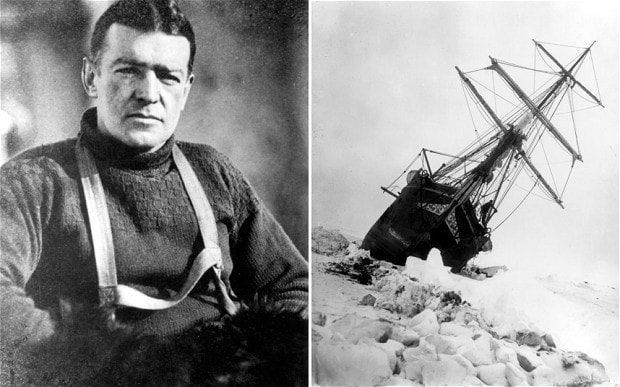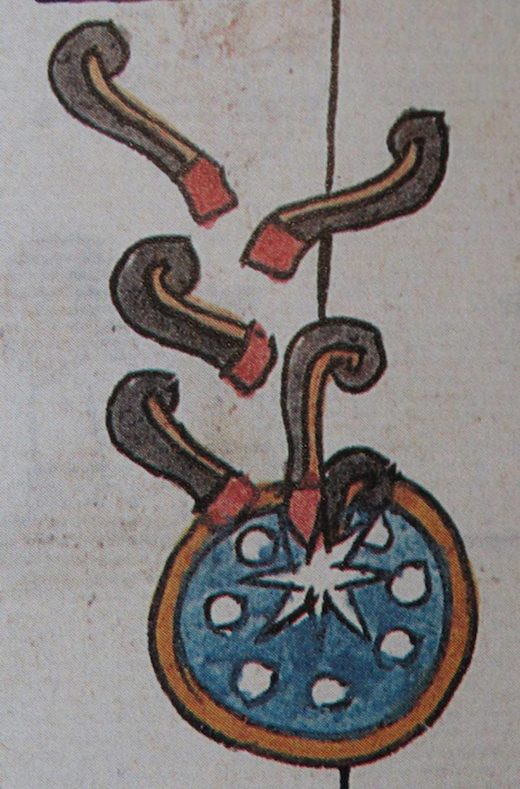OF THE
TIMES


"Year of two houses [2 House] and 1533 there was an earthquake. And they show smoke coming from the star they called citlal choloha, which is the one we call Venus, a star they considered to be very important."
"Year of three rabbits [3 Rabbit] and 1534 don Antonio de Mendoza came as viceroy of New Spain. They say that the star was smoking."
"In this year of four reeds [4 Reed] and 1535 the star was smoking."
"This year of six houses [6 House] and 1537 the blacks tried to rebel; in the city of Mexico the instigators were hanged. The star was smoking and there was an earthquake, the worst I have seen, even though I saw many of them in these lands."
He said that in 1947 there was a crash down in Roswell and they brought the machines and the aliens here for inspection and said they keep them in secret tunnels under the base. When I asked him how he came to know about the secret, he responded, 'Everybody who works on base knows'. I was stunned. Me, a young co-op student barely into his first week, was now initiated into a small select group of 10,000 people and given their most incredible secret ever - that we have aliens and their craft in our tunnels on our base.'
Comment: